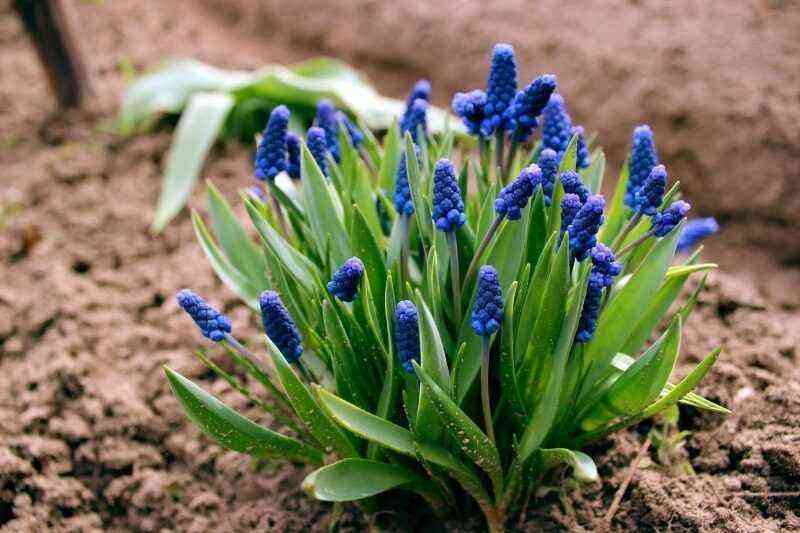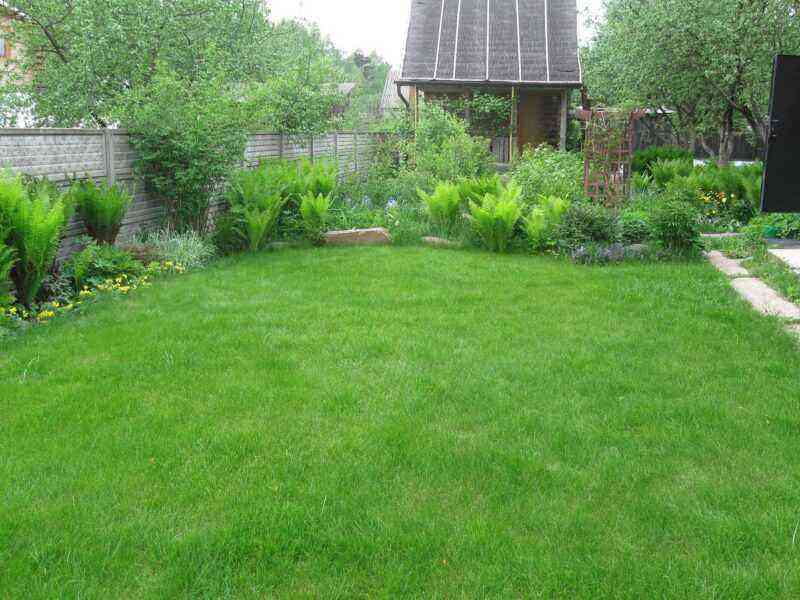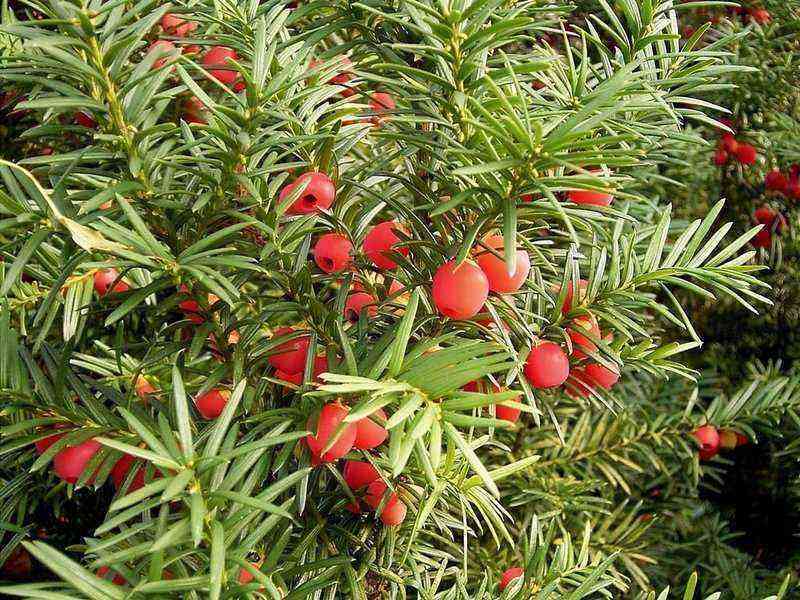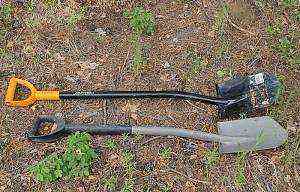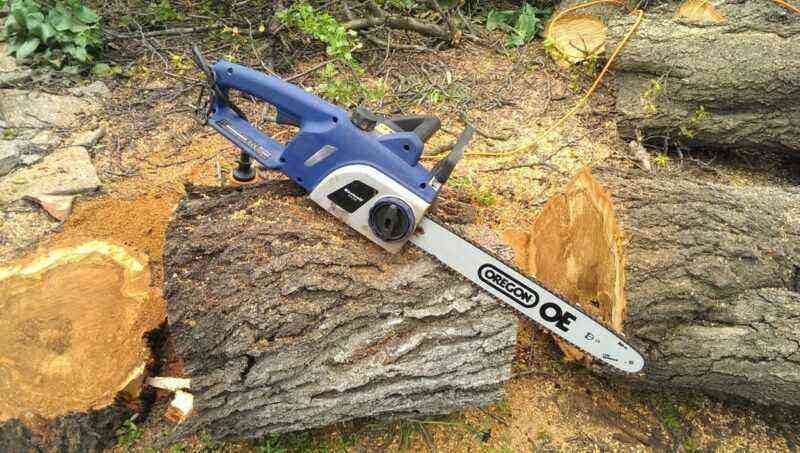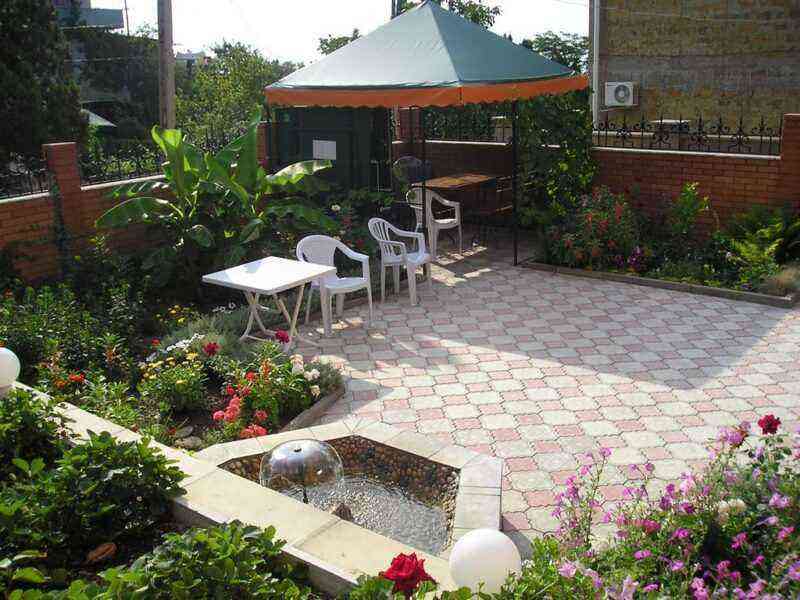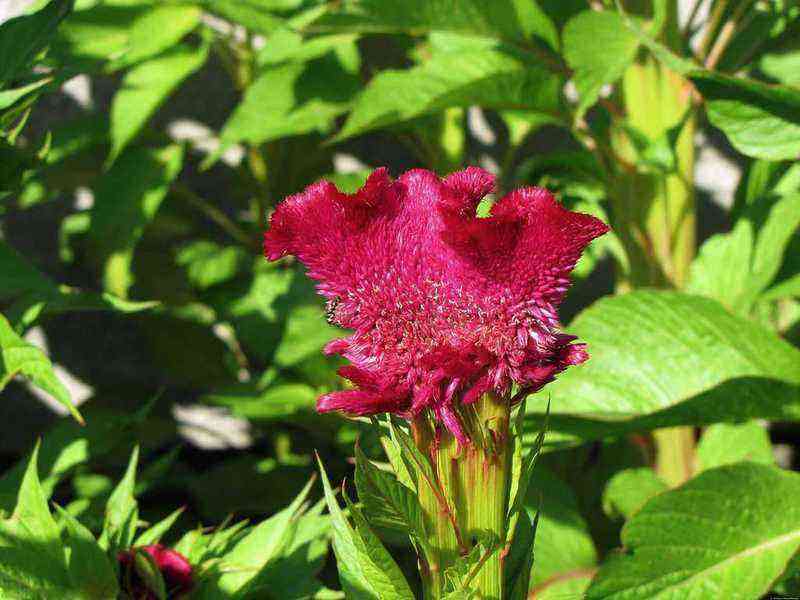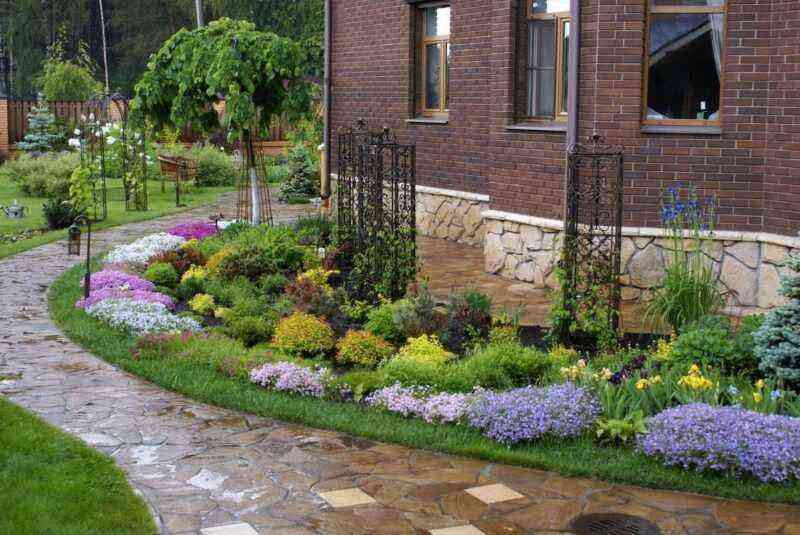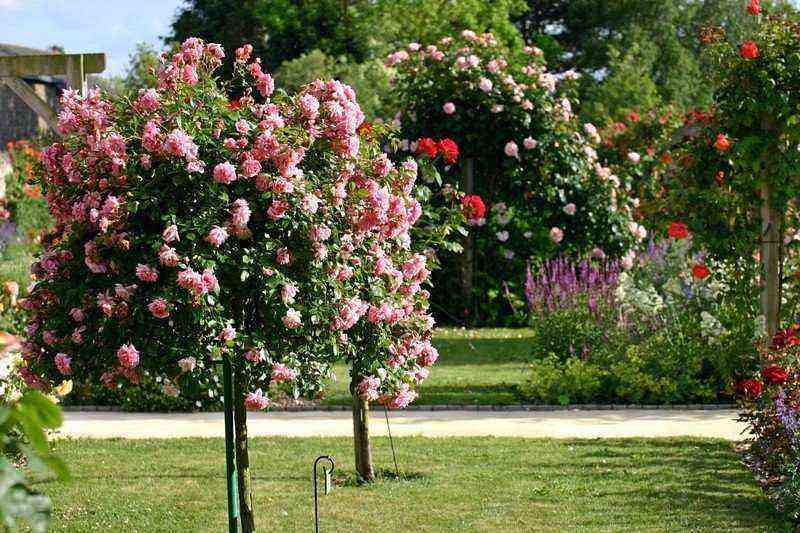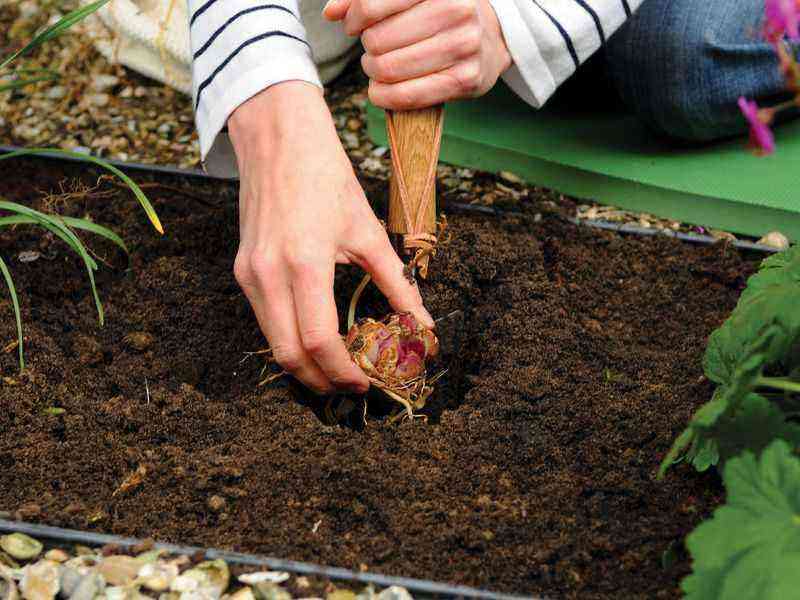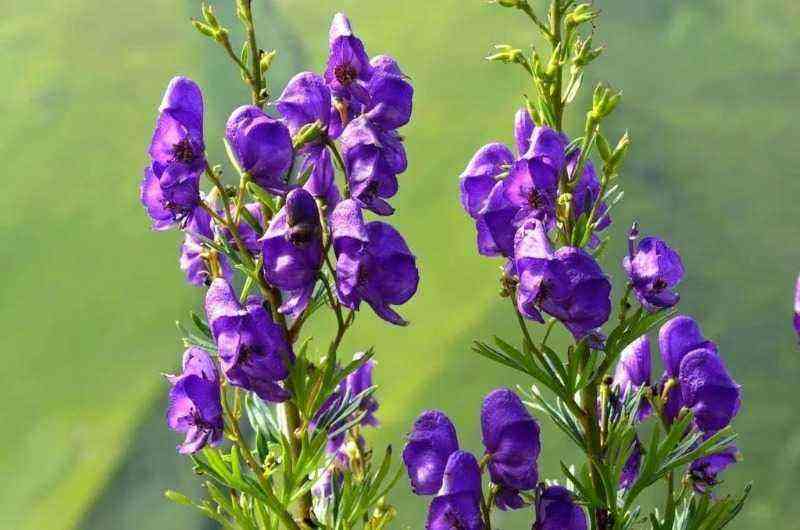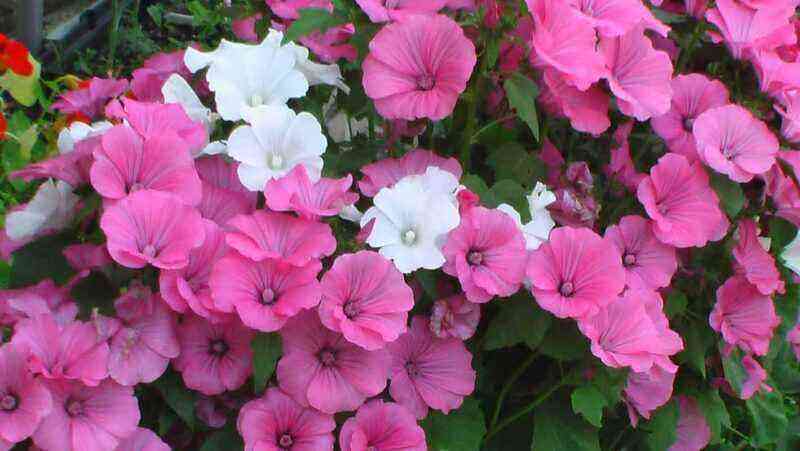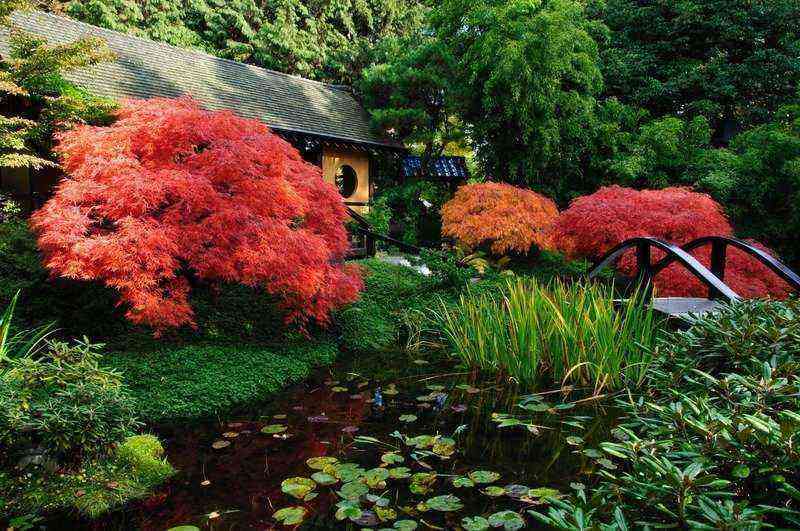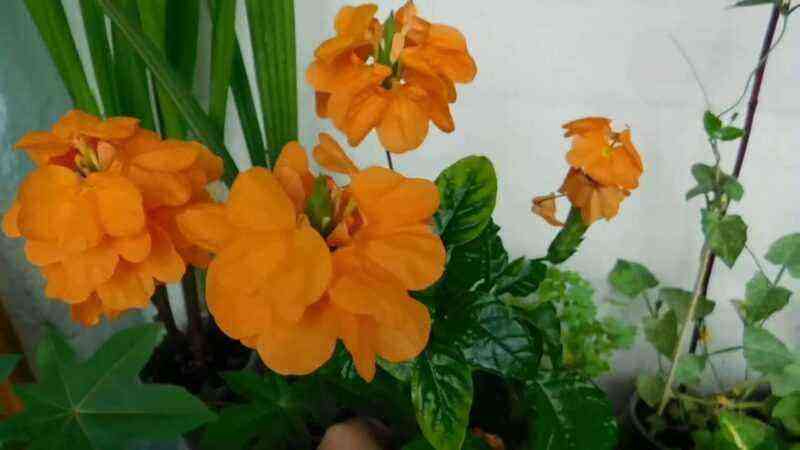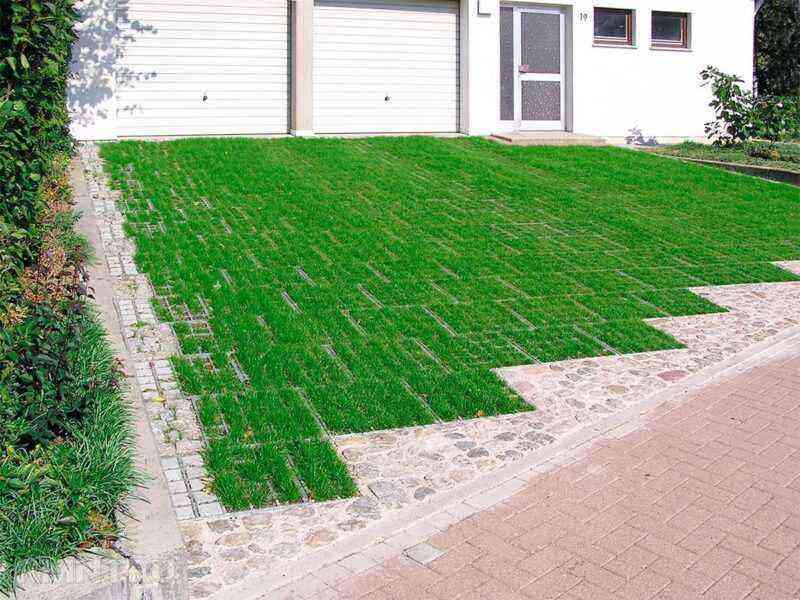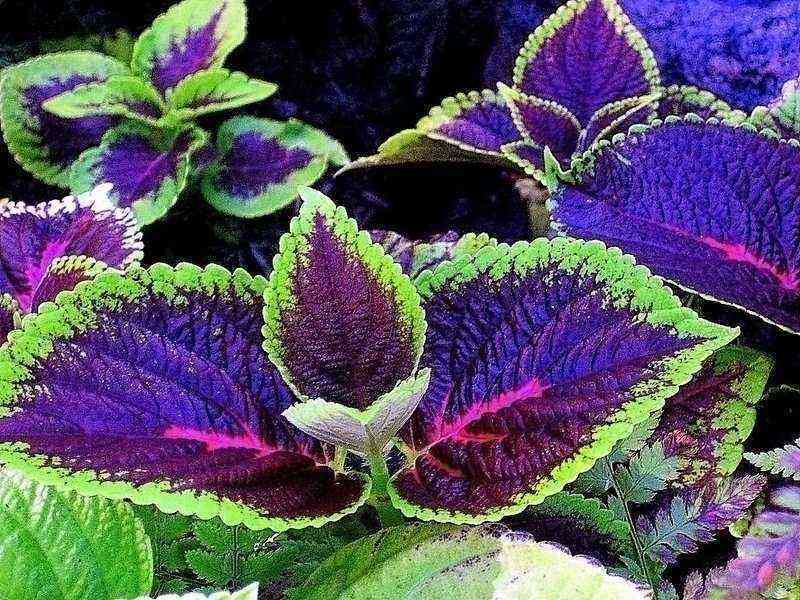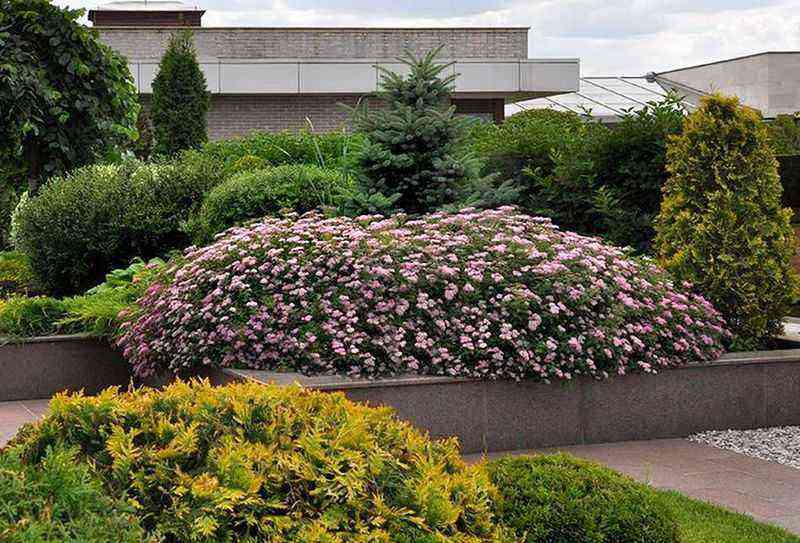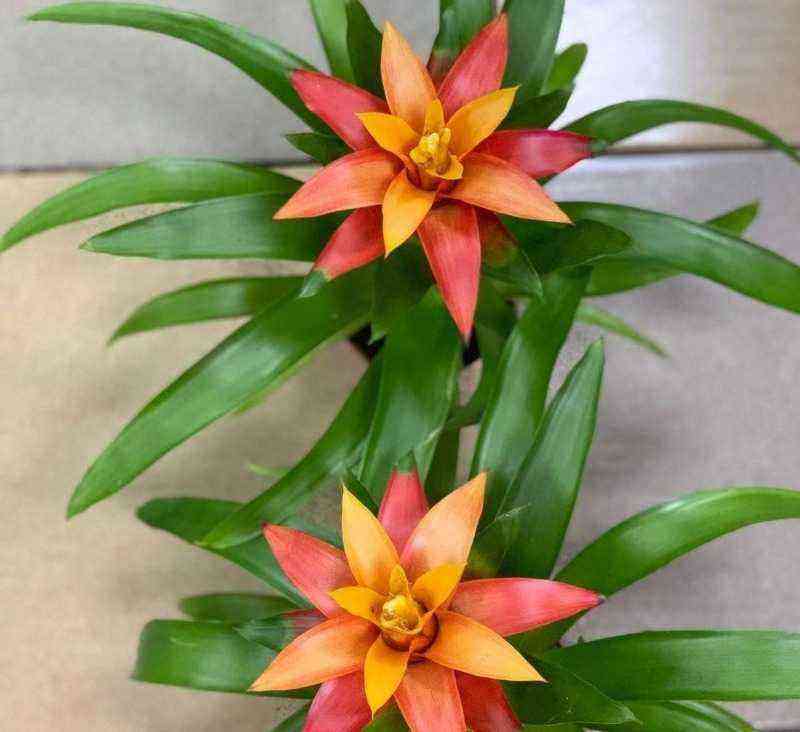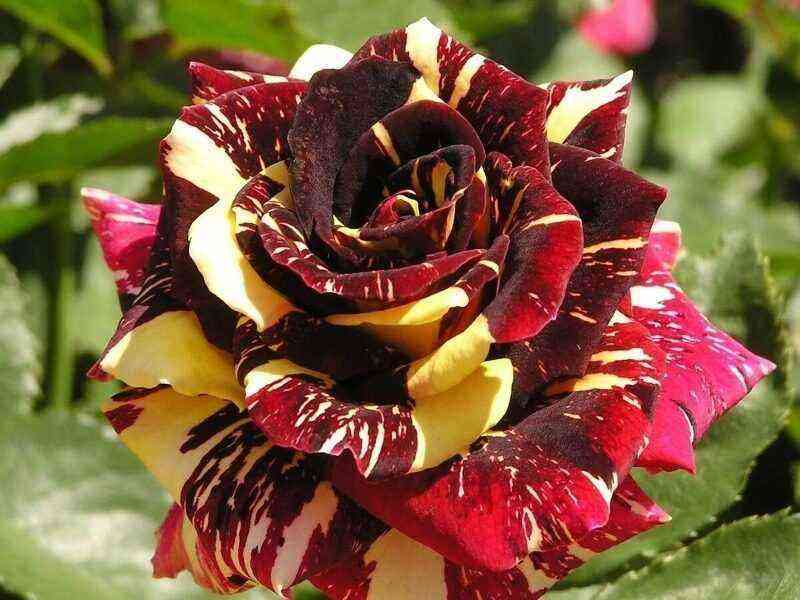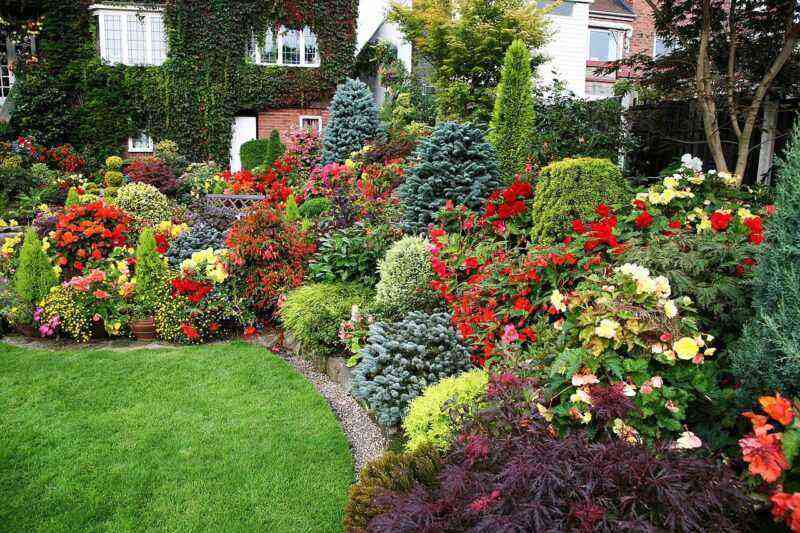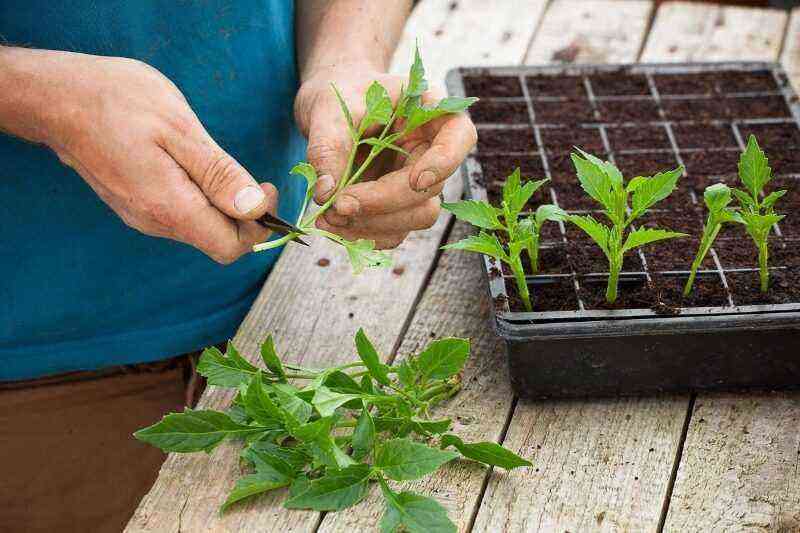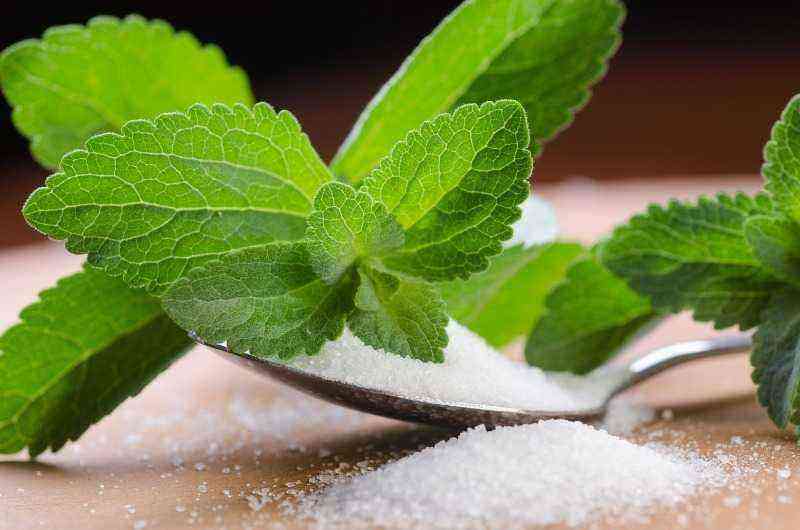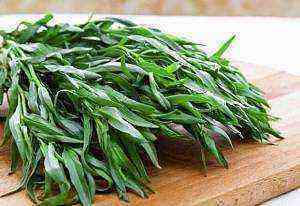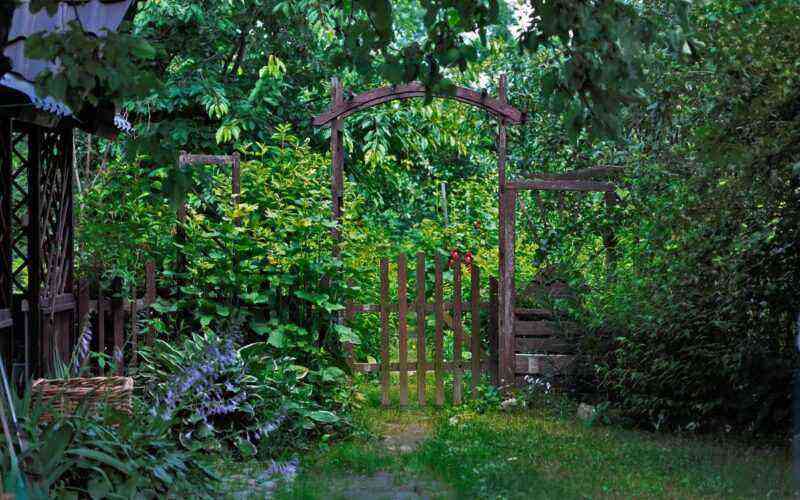Ardisia is a woody tropical plant of the Primroses family. The flower has leathery leaves, on the edge of which there are small swells, they help to assimilate nitrogen. If you get rid of them, then the flower will die.
What’s interesting about ardisia
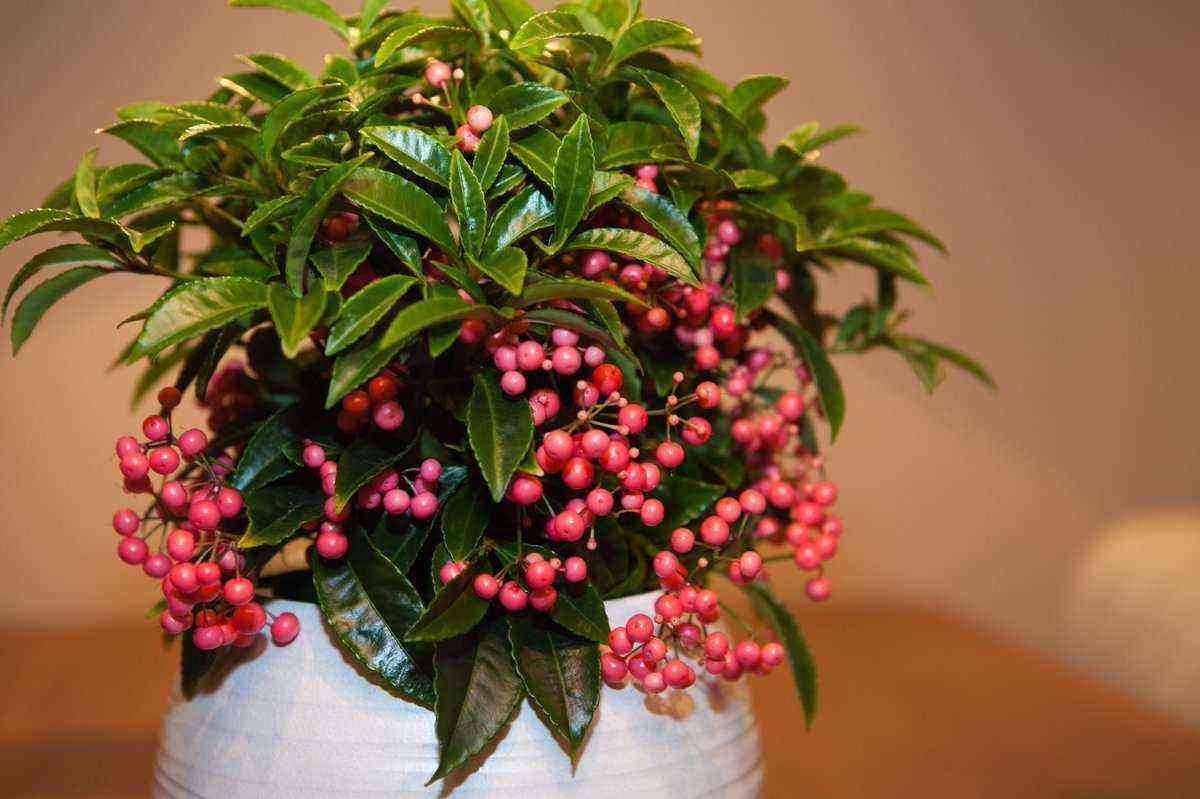
From the Greek language, the name of a house tree is translated as “arrow”. People call it the “Christmas tree” as its fruits ripen at the end of December. Florists love this plant because it retains its decorative qualities almost all year round.
In nature, exotic grows in the tropics of America, as well as in the forests of Asia and on the islands of the Pacific Ocean. Ardisia can be in the form of a tree, shrub or semi-shrub. Most often, its height does not exceed two meters, but some varieties can reach eight.
Home-grown Ardisia is a compact tree with glossy dark green leaves. They have the shape of an elongated “boat” with wavy edges. A perennial plant blooms with small flowers, similar to an arrow. Flowering is replaced by small creamy berries. As they mature, they acquire a deep red color and do not fall off for several months. The berries leave behind one seed at a time.
Popular species
There are about 800 plant species, but only a few are suitable for indoor cultivation.
Ardisia crenate (krenata)
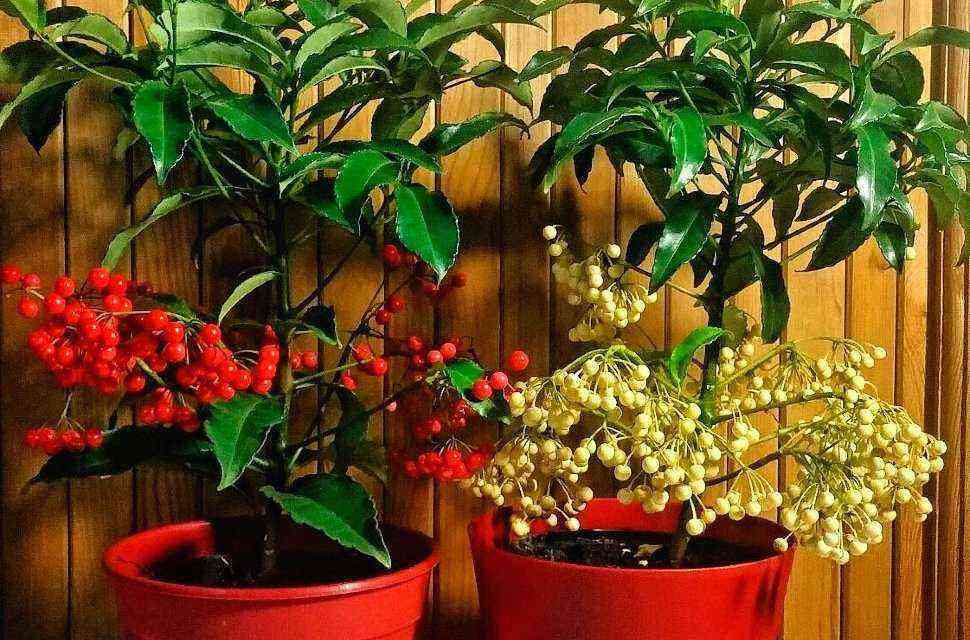
The tree can grow up to two meters high. Green krenata leaves are arranged in tiers. Inflorescences of white or cream color emit a delicate aroma. The berries initially have a soft coral hue, but later turn red. They can stay on the bush all year round.
Ardisia curly
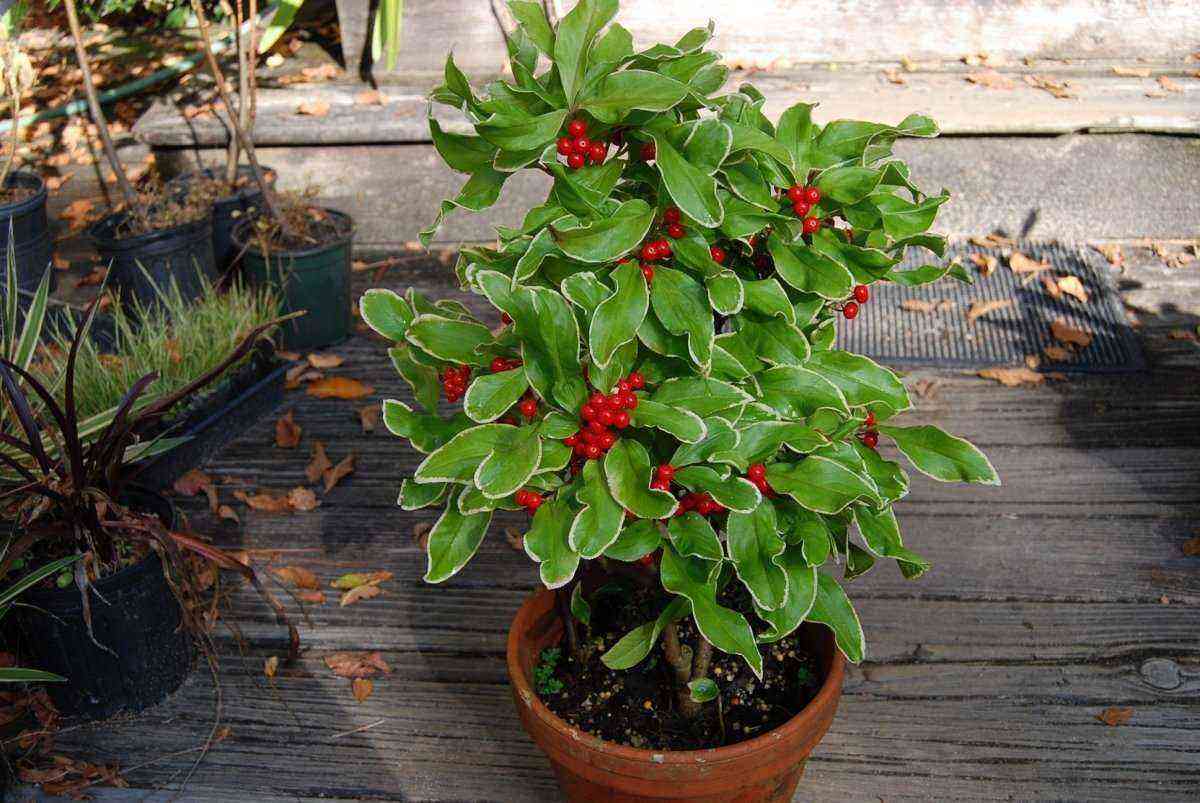
An ornamental tree no more than 80 cm high. The green leaves of the plant have wavy edges. It blooms in July, the pale pink flowers look like stars and smell nice. The round berries are deep red in color and do not fall off until the next flowering.
Ardisia low
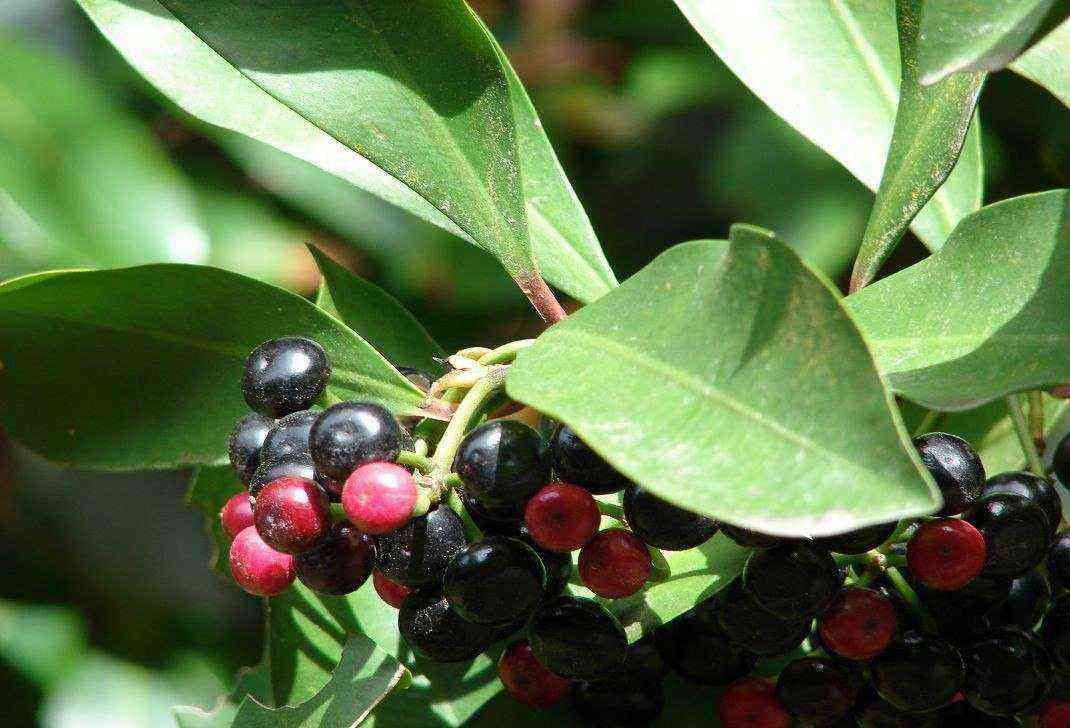
The stocky tree has a height of no more than 25 cm. The bright green leaves can stretch up to 15 cm in length. The fruits are initially brownish-red in color, and then become black in color.
Ardisia Japanese
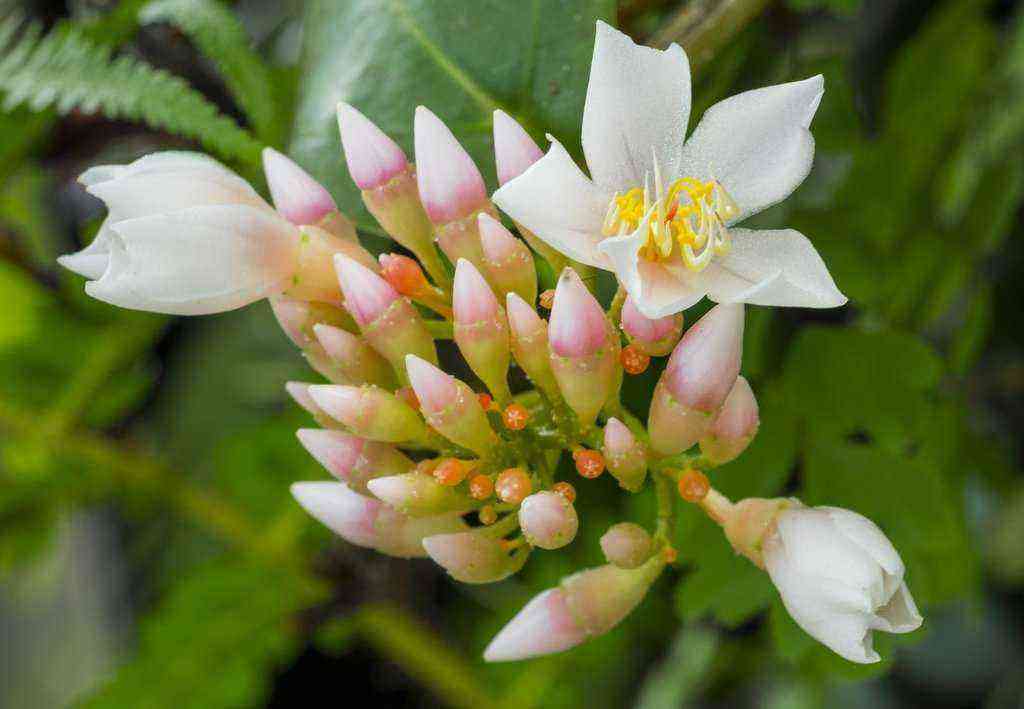
It is a shrub no more than 40 cm high with small oval-shaped leaves. Small flowers are pale cream in color, ripe fruits acquire a black-purple hue.
In Chinese medicine, Japanese ardisia is used to fight cancer.
Home care
Diffused lighting is suitable for an ornamental plant, therefore it is necessary to place pots with it on the southeast side of the room. It is not worth putting ardisia on the windowsills, since direct sunlight has a destructive effect on it.
Table # 1. Growing features
Watering and top dressing
In spring and summer, ardisia must be watered regularly, but liquid should not stagnate in the earthen substrate. In winter, the soil is moistened only as it dries out. Warm water is used for irrigation.
From March to September, the indoor tree is fed twice a month. Complex fertilizers for decorative deciduous plants are used as top dressing.
Transplant and pruning
Young cuttings need to be transplanted annually. It is done in the spring by transferring the plant to a larger pot. Expanded clay is placed at the bottom of the container. A mixture of equal parts of peat, sand and leafy earth is used as a soil. Bushes that have reached the age of three are transplanted once every 2-3 years.
Ardisia grown indoors tends to stretch upward intensively. To give the plant a compact form, in the spring it is necessary to cut off the shoots that have escaped from the crown.
Reproduction
At home, a decorative tree can be propagated both by seeds and cuttings. Seed material is best purchased in a specialized store or collected from a grown plant.
Stages of growing ardisia from seeds:
- The seeds are harvested in January from larger berries.
- If the seed is too hard, it is cut and soaked for 6 hours in a solution of Zircon (4 drops per 100 ml of water).
- The seed is planted in a moistened soil to a depth of no more than 1 cm. The substrate should consist of equal parts of peat and sand.
- The container with the planted seeds is covered with glass and kept at a temperature of 20 ° C. The greenhouse is regularly opened for 10 minutes to ventilate. From time to time, the soil is moistened.
- The first shoots appear in 1-1,5 months. Fortified seedlings dive into separate containers. The plant begins to bloom in 2-3 years.
Reproduction stages of ardisia by cuttings:
- In the spring, a 10 cm long apical stalk is cut.
- The shoot is soaked for 20 hours in Kornevin (1 g of biostimulant per 1 liter of water).
- The cuttings are planted in a pot with nutritious soil and covered with a plastic bag. You can put it on a warm battery, the temperature under such a greenhouse should be at least 25 ° C. The bag is removed every day for 10 minutes for airing. The soil is moistened as it dries out.
- The rooted stalk is transplanted into a pot with a diameter of 10 cm. Ardisia will begin to bloom in 1-2 years.
Common diseases
The only drawback of an ornamental plant is its resistance to pests and diseases. Improper home care for ardisia can provoke problems.
- Leaves lose their color due to excessive light.
- Yellowed foliage indicates dry indoor air or a lack of mineral fertilizers in the soil.
- Brown spots on the leaves appear due to excessive watering or excessive humidity.
- Dry leaf tips indicate that the plant is in a draft or there is high humidity in the room.
- The leaves are curled and have soft edges due to the low air temperature.
- Dry light spots on foliage indicate burns that have appeared as a result of exposure to direct sunlight.
Table 2. Ardisia pests
Subject to all the rules of care, Ardisia will delight the grower with year-round fruiting. The orange-red berries are inedible and should not be tasted to avoid negative consequences.
